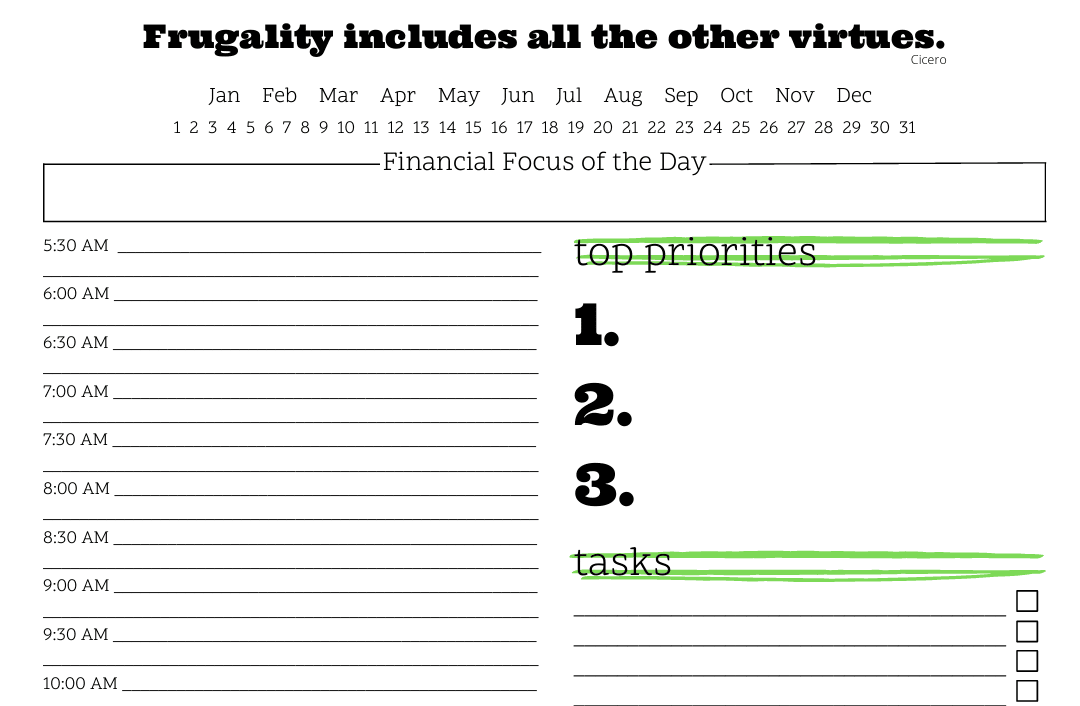This article may contain references to products or services from one or more of our advertisers or partners. We may receive compensation when you click on links to those products or services. Nonetheless, our opinions are our own.
- Key Highlights
- Introduction
- Understanding the Importance of a Website Launch
- Preparing for Your Website Launch: A Beginner’s Guide
-
Guide to a Successful Website Launch
- Step 1: Research Competitors and Industry Trends
- Step 2: Choose a Reliable Web Hosting Service
- Step 3: Design for Your Target Audience
- Step 4: Develop and Optimize Content
- Step 5: Ensure Mobile Responsiveness and Cross-Browser Compatibility
- Step 6: Integrate SEO Strategies
- Step 7: Implement Analytics and Performance Tracking
- Step 8: Conduct User Testing
- Post-Launch Strategies for Sustained Website Success
- Common Mistakes to Avoid During Website Launch
- Conclusion
- Frequently Asked Questions
- Recommended Reads
Key Highlights
- A website launch is a pivotal moment that requires meticulous planning to ensure a seamless experience and create the right first impression.
- This checklist covers essential pre-launch tasks like competitor research, setting clear objectives, crafting engaging content, optimizing for SEO, and usability testing.
- Post-launch strategies include performance tracking, regular updates, and leveraging various marketing techniques to reach your target audience.
- Learn how to avoid common pitfalls like neglecting mobile optimization or accessibility standards, which are crucial for a positive user experience.
- A successful website launch continuously involves monitoring, updating, and refining strategies based on user feedback.
Introduction
Launching a website is more than just hitting “go live.” It’s about creating a strong first impression and laying the foundation for long-term success. A well-executed launch can enhance your brand’s online visibility, attract the right audience, and turn visitors into loyal customers. This article provides a comprehensive checklist to help you achieve a successful launch and maintain your website’s performance post-debut.
Understanding the Importance of a Website Launch
Why Your Website’s First Impression Matters
Your website’s first impression directly impacts user experience, search engine rankings, and overall business success. Slow loading speeds or poor design can drive visitors away, increasing your bounce rate and decreasing your site’s search visibility. A strong first impression sets the tone for user engagement and brand credibility.
Key Benefits of a Structured Website Launch Plan
A detailed launch plan ensures every aspect of your website aligns with your goals. It helps you:
- Optimize for search engines to boost organic traffic.
- Create a seamless user experience to encourage engagement.
- Avoid common errors that could hinder performance.
A structured approach simplifies the pre-launch process and provides a roadmap for sustained success.
Preparing for Your Website Launch: A Beginner’s Guide
Essential Tools and Resources
- Content Management System (CMS): Manage and easily update your site (e.g., WordPress, Wix).
- Website Analytics: Tools like Google Analytics offer visitor behavior and performance insights.
- SEO Tools: Platforms like Ahrefs or SEMrush help identify relevant keywords and track rankings.
- SSL Certificates: Protect user data and enhance trust with encrypted connections.
Establishing Goals and Objectives
Define the purpose of your website:
- Increase brand awareness?
- Generate leads or drive sales?
- Provide valuable content to your audience?
Set measurable Key Performance Indicators (KPIs), such as traffic growth, conversion rates, or time on page, to track success.
Guide to a Successful Website Launch
Step 1: Research Competitors and Industry Trends
Analyze your competitors’ websites to identify:
- Effective design elements.
- Common keywords they rank for.
- User engagement tactics.
Use this research to inform your strategy and differentiate your brand.
Step 2: Choose a Reliable Web Hosting Service
Select a host that offers:
- High server speeds.
- Security features like firewalls and SSL certificates.
- Uptime guarantees and responsive customer support.
Consider hosting providers that include a Content Delivery Network (CDN) to improve site speed.
Step 3: Design for Your Target Audience
Prioritize simplicity and usability:
- Use intuitive navigation and clear calls to action.
- Incorporate mobile-responsive designs for a seamless experience across devices.
- Optimize visuals for faster loading.
Step 4: Develop and Optimize Content
- Create high-quality, keyword-rich content tailored to your audience.
- Optimize meta tags, headers, and image alt texts for SEO.
- Use a CMS to streamline updates and content management.
Step 5: Ensure Mobile Responsiveness and Cross-Browser Compatibility
Test your site on multiple devices and browsers (e.g., Chrome, Safari, Firefox). Adjust layouts to ensure all users experience a functional and visually appealing site.
Step 6: Integrate SEO Strategies
- Perform keyword research and include terms in strategic locations.
- Submit a sitemap to Google Search Console.
- Regularly update content to maintain relevance and improve rankings.
Step 7: Implement Analytics and Performance Tracking
- Use Google Analytics to monitor traffic, bounce rates, and conversions.
- Track KPIs regularly to assess progress and identify areas for improvement.
Step 8: Conduct User Testing
Gather feedback through usability tests to identify pain points. A/B testing can help determine which design or content changes lead to better engagement.
Post-Launch Strategies for Sustained Website Success
Continuously Monitor and Optimize Site Performance
- Regularly update plugins, themes, and CMS software.
- Optimize images and use caching to improve load times.
- Monitor analytics to identify and resolve issues promptly.
- Promote new content or updates via social media platforms.
- Build and segment email lists to deliver targeted campaigns.
Update Content Regularly
- Maintain a blog with fresh, relevant content.
- Audit existing pages to ensure accuracy and relevance.
Common Mistakes to Avoid During Website Launch
- Neglecting SEO and Mobile Optimization:
- Ensure your site is mobile-friendly and optimized for search engines.
- Use a responsive design and implement technical SEO best practices.
- Overlooking Accessibility Standards:
- Include alt text for images, keyboard navigation, and screen reader compatibility.
- Comply with standards like the Web Content Accessibility Guidelines (WCAG).
Conclusion
A successful website launch involves thorough preparation, a clear strategy, and ongoing maintenance. Focus on user experience, SEO, and mobile-friendliness to create a site that engages and converts visitors. Use post-launch strategies like analytics and content updates to drive long-term growth. With this checklist, you can ensure a smooth launch and a lasting online presence.
Frequently Asked Questions
What is the best platform for building a website?
Depending on your technical expertise and customization needs, platforms like WordPress, Wix, or Squarespace are ideal.
How long does it take to prepare for a website launch?
On average, 6–8 weeks, depending on the complexity of design, content creation, and testing.
Do I need a marketing strategy before launching?
A marketing plan is essential to attract traffic and achieve your website’s goals.
How can I measure post-launch success?
Use analytics tools to track KPIs such as traffic, conversions, and bounce rates.
What are common security issues to address?
Ensure proper SSL implementation, regular updates, and secure password protocols.

Reviewed and edited by Albert Fang.
See a typo or want to suggest an edit/revision to the content? Use the contact us form to provide feedback.
At FangWallet, we value editorial integrity and open collaboration in curating quality content for readers to enjoy. Much appreciated for the assist.
Did you like our article and find it insightful? We encourage sharing the article link with family and friends to benefit as well - better yet, sharing on social media. Thank you for the support! 🍉
Article Title: Website Launch Checklist: Prepare Your Site for Maximum Impact
https://fangwallet.com/2024/12/25/website-launch-checklist/The FangWallet Promise
FangWallet is an editorially independent resource - founded on breaking down challenging financial concepts for anyone to understand since 2014. While we adhere to editorial integrity, note that this post may contain references to products from our partners.
The FangWallet promise is always to have your best interest in mind and be transparent and honest about the financial picture.
Become an Insider

Subscribe to get a free daily budget planner printable to help get your money on track!
Make passive money the right way. No spam.
Editorial Disclaimer: The editorial content on this page is not provided by any of the companies mentioned. The opinions expressed here are the author's alone.
The content of this website is for informational purposes only and does not represent investment advice, or an offer or solicitation to buy or sell any security, investment, or product. Investors are encouraged to do their own due diligence, and, if necessary, consult professional advising before making any investment decisions. Investing involves a high degree of risk, and financial losses may occur including the potential loss of principal.
Source Citation References:
+ Inspo











































